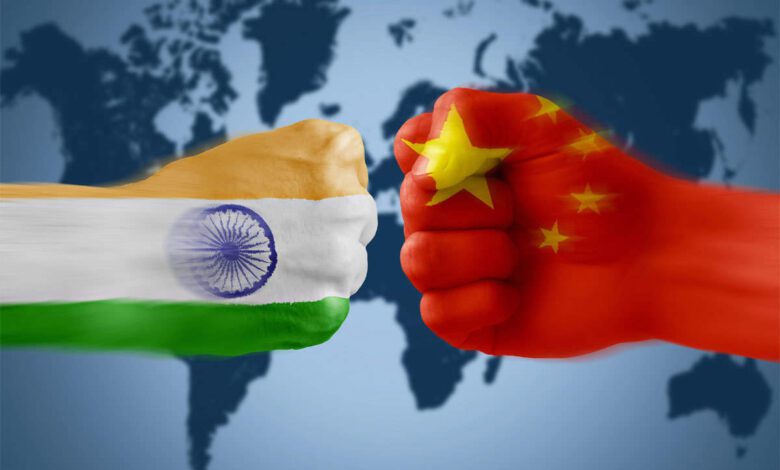Chinese presence growing at an alarming rate in India’s tiny island neighbour of Sri Lanka
Chinese presence which was limited to the southern coast till now has moved even to the northern coastline, close to India's maritime border with Sri Lanka raising concerns.

China has been trying to systematically flex its muscle in the Indian Ocean region to encircle India, as India has an advantage over China in the maritime domain. China has already forged maritime ties with Seychelles, Mauritius, Maldives, Bangladesh, and Myanmar.
One country which forms a priority in this objective is Sri Lanka due to its territorial proximity with India and its strategic location. By gaining foothold in Sri Lanka, China can directly challenge the Indian Navy’s superiority in the Indian Ocean region and gain control of the critical maritime seaway through which most of China’s crude oil passes.
Chinese investments and presence till now were confined mostly in the southern coastline of Sri Lanka, away from Indian maritime border. The northern coastline which has a significant Tamil speaking population was relatively free from Chinese investments. But that is changing now, China is increasingly trying to woo the ethnic Tamil community and assiduously working towards establishing a strategic presence as close to the Indian coastline as possible.
Sri Lanka in February this year awarded a $12 million hybrid solar and wind energy project to a Chinese firm. This project will come up in three islets off the Jaffna Peninsula, just 50Kms from Tamil Nadu. India vehemently opposed it and countered it with a $12 million grant. Another Chinese venture has been allotted land for sea cucumber fish farming in the same region despite protests from the locals. Several such inroads have been seen in the same region.
Apart from gaining presence in the North, China has also stepped up its influence in the capital city of Colombo. A deal to construct a 17-km elevated highway in Colombo was signed recently, the terms of the deal allow China to operate, recover the capital and profits then hand it over to Sri Lanka after 18 years.
China is also building the Colombo port city by reclaiming about 269 hectares of land from the ocean, by far the biggest foreign investment for Sri Lanka costing about $1.2 billion. This will be Sri Lanka’s first SEZ for service-oriented industries. Out of this, only 125 hectares of land will be taken by the Sri Lankan Government, about 88 hectares is being given to the Chinese on a 99-year lease, plus the Chinese will have a free hold on the rest 20 hectares of land.
The port city will be governed by a 7-member commission, whose members can be of foreign origin. The commission has been given overreaching and extraordinary powers of bypassing the local laws to act in an independent manner and allow foreign investors to have an unbridled control over local resources.
The recent developments in Sri Lanka are also not so good news for India, Sri Lanka is under an economic emergency with food supplies in shortage due to its dwindling forex reserves. The pandemic has affected the tourism sector of Sri Lanka immensely which forms a major part of its economy. China recently gave a loan of $300 million part of $1.2 billion credit support it had promised. Though India too has supported Sri Lanka with financial assistances it cannot match the might of China which is the largest creditor in the world. This financial crisis can be further used by China to debt trap Sri Lanka and alienate India.



